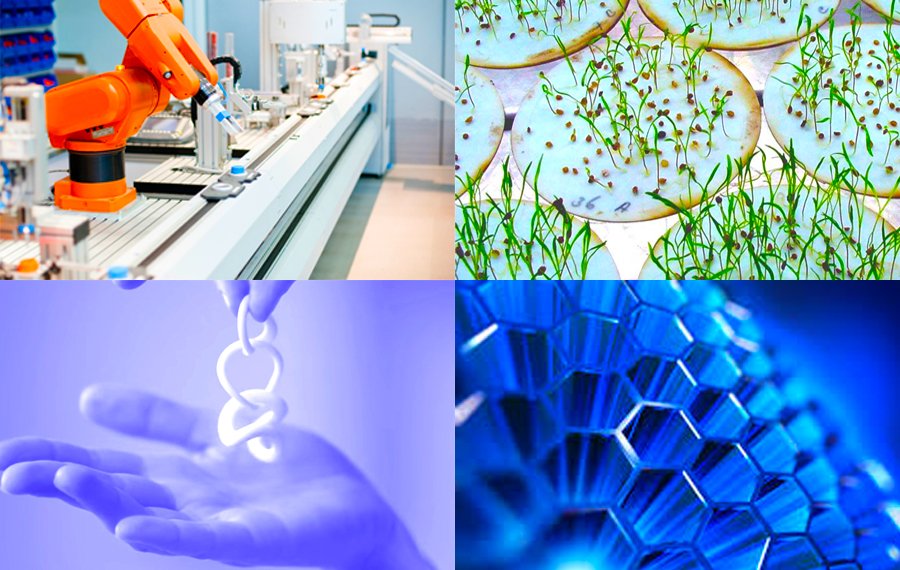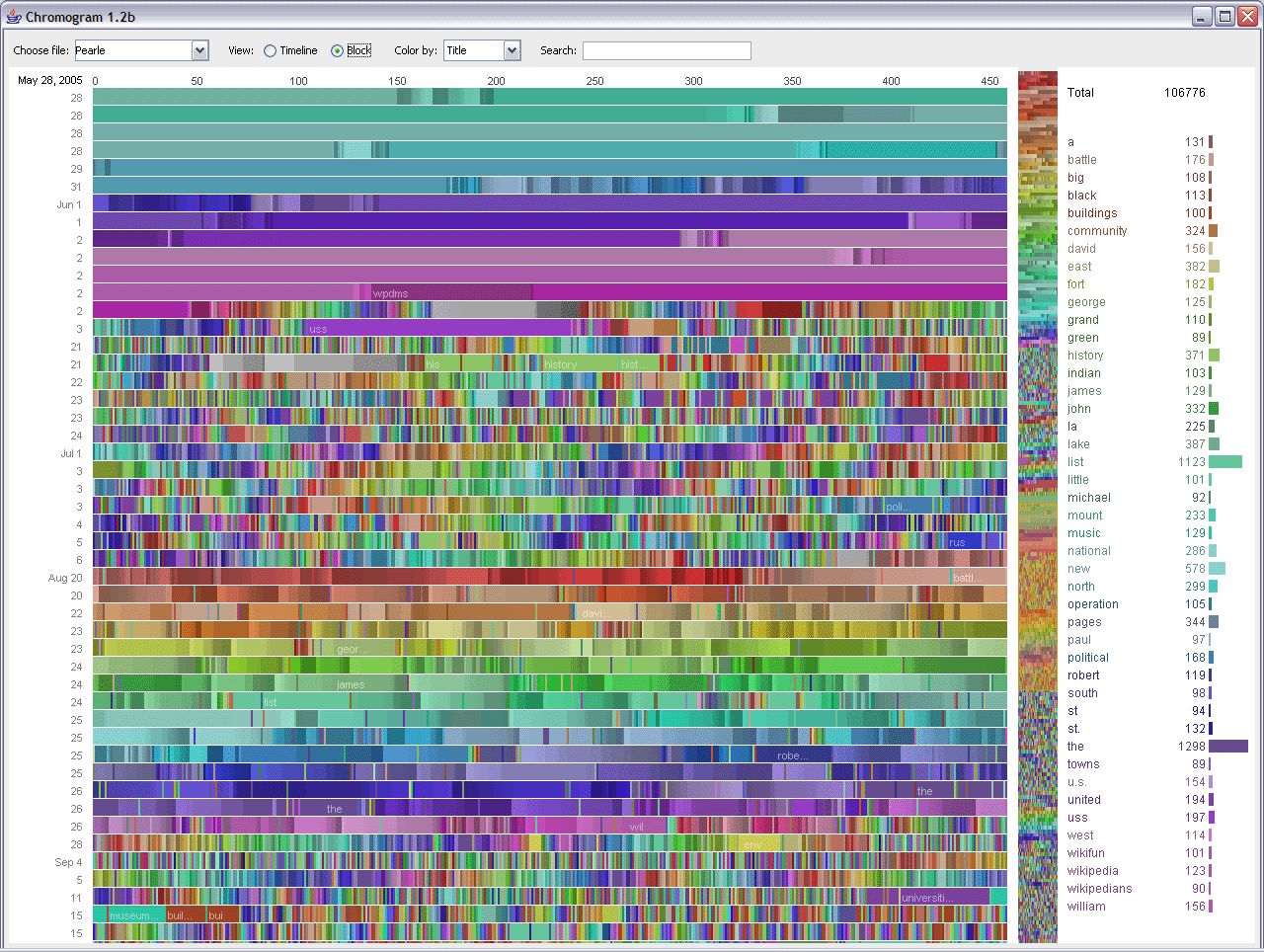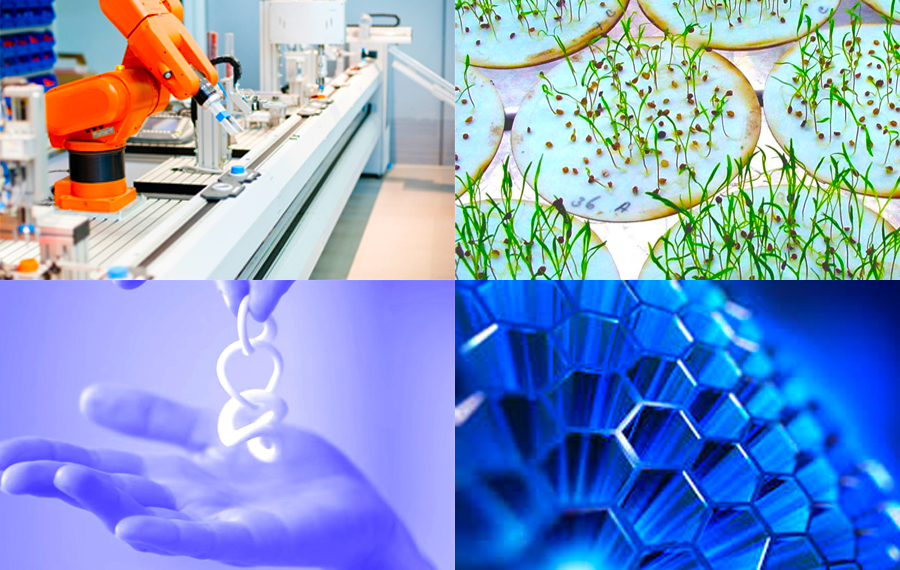
Change is pretty much a constant state of affairs in the 21st century, and in no area is this truer than that of technological development. Technology has swept aside vast, powerful established industries, transforming them fundamentally in just a few years. Take, for example, the way that music has changed, moving from LPs to CDs to music available in online files. This occurred in a very short time frame. Other organisations have found their industries transformed to a similar scale. All of this means that understanding upcoming disruptive technologies can help organisations to create new business models and adapt in good time. PreScouter developed a report which showed that there are nine disruptive technologies that promise to revolutionize the world as we know it. The nine are big data, automation/AI, Internet of Things, MEMs, nanomaterials, biotechnology, terahertz, advanced energy and 3D printing. Each of these is now described.
1. Big Data – PreScouter predicts that “Big Data will be a $50 billion industry by 2017”. This is no big news, as many have predicted how big data will shape the world and will impact industries and organizations.The volume of data that people are producing is increasing at a tremendous rate, and this is only likely to further grow as a result of technology like wearable devices. At the same time costs of storage of this data have declined and this will enable predictive relationships to be produced according to PreScouter.

2. Automation and Artificial Intelligence – PreScouter believes that artificial intelligence is starting to get introduced into consumer goods and this is already a $20.5 billion industry. Pre-runners like Siri are thought to be outdated and too “gimmicky” to be useful. AI that is placed in the backend however provides websites the ability to present different information to consumers based on their own preferences. This clearly has considerable marketing implications. Another important issue is the impact of automation and robots on economy and labor. What some call the “robots economy” is revolutionizing what we know as work, and the trend promises to continue to develop.
3. The Internet of Things – while so many devices are not yet connected to the Internet, by 2022 PreScouter believes that there will be a network of 50 billion connected objects. When this is paired with the technology for artificial intelligence it is believed that factories will be able to become smart, and that this could contribute a whopping $2 trillion to the global economy.
4. Microelectromechanical Systems (MEMs) – MEMs are reported by PreScouter to be sensors that transfer information between the worlds of the physical and the digital. It is argued by PreScouter that advances to make these devices more miniature have transformed the medical world as well as industrial diagnostics. An health revolution has been promised by many. An interesting report published by MIT´s technological review reports on the latest advancements on this important area that combine Big Data with MEMs.
5. Nanomaterials – related to the MEMs detailed above, nanomaterials are explained by PreScouter to have driven miniaturisation. They are also able to be used to create new classes of materials, such as changing the colour, strengths, conductivities and other properties of traditional materials. The market is already thought to be worth more than $25 billion in this area.
6. Biotechnology – agricultural science is believed to be advancing to new boundaries beyond that of breeding and crossbreeding, according to PreScouter. Indeed, it is explained that biotechnology has advanced to such a point that crops are able to be developed that are drought-resistant and have better vitamin content and salinity tolerance. All of this has tremendous potential to get rid of the problem of hunger in the world. The market already exceeds $80 billion a year, argues PreScouter, and it is growing rapidly.
7. Terahertz Imaging – PreScouter reports that the market for Terahertz devices is predicted to grow by 35% per year annually and to reach more than $500 million by 2021. But what is it? Terahertz Imaging “extends sensory capabilities by moving beyond the realm of the human body”. This helps to create imaging devices that can penetrate structures, for example. They are being used to detect explosives that were previously considered to be invisible, as well as in path planning for self-driving cars (PreScouter).
8. Advanced Energy Storage and Generation – the ever expanding population of the world has an equally ever expanding need for energy, and this is being made more challenging by legislation to deal with the challenges of climate change. There have been significant advances to battery technology according to PreScouter, and this alone is estimated to have an economic impact of $415 billion. Greener products are also much more incentivised and it is thought likely that cold fusion power could become viable, argues PreScouter. Solar Power has also developed considerably and is an area that promises to grow considerably and become a viable energetic alternative, as its becoming increasingly cheaper.
9. 3D Printing – last but not least, 3D printers are making tremendous strides, and PreScouter points out that this is already a $3.1 billion industry that is growing by 35% each year. This will continue to transform industries as the prices of printers drops and more people can gain access to them. On the other hand the Maker´s mouvement is gaining momentum, which is producing a new generation of people interested and with the skills to do things.

